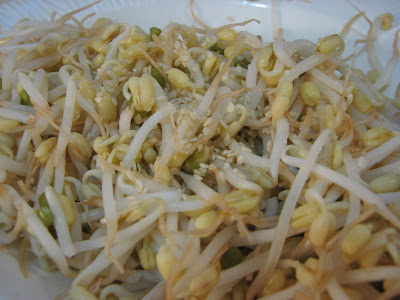Last week I paid a visit to the oldest Dr Pepper bottling plant in the world. It is also the only place to still make Dr Pepper with pure cane sugar, not corn syrup.
Where is this magical place? Dublin, Texas - about an hour and a half south and west of the Dallas/Fort Worth area. It is not exactly a booming metropolis. They were pretty excited to see someone with DC license plates visiting their town.
Why did I go there? Well, to get some special Dr Pepper to make a Dr Pepper cake and enter it in a cake contest for the State Fair of Texas. More on this later...
What is Dr Pepper? Originating in Texas, it is a popular soft drink that was created to capture the many fruit, spice, and berry aromas of a soda fountain. The company's marketing logo is 23 flavors in one sip. It has always been my favorite soft drink, and I'm glad it is becoming so widespread. When I first moved to the East Coast, Dr Pepper was really hard to find. I loaded up several cases into the U-Haul with all my stuff, so I wouldn't have to go without.
Thankfully, it is no longer a problem for me to find as much Dr Pepper as I would like to drink. The stuff they make in Dublin, however, is a bit more rare. They have a limited marketing area and because of the old equipment, they don't make too much either.
Here's a look at the bottling equipment. It is still in use today, but they only bottle about once a month. The bottles you see on the machines are just for demonstration, because my tour guide thought it would help make for better pictures. He was pretty tickled to have somebody to talk to, frankly. They don't have many visitors on weekdays, so I got a private tour and was able to photograph the whole set-up. All staff work the line and take turns providing tours and working the giftshop, so he was able to show me how each machine works.
This is a staging of the entrance of the original plant.
The bottles enter the bottling area, loaded by hand...
The bottles come out after being washed and are lined up by the machine and checked out by hand for chips or cracks...
Then they move along a conveyor belt and are filled with water and syrup...
Then, they are capped...
And shaken three times to mix the water and syrup.
Then, come out the conveyor where they are checked by hand on a light machine. The light is a bit of quality control that ensures the right amount of syrup has been added.
Finally, they are packed into 6-packs and cases.
Stay tuned for my report on the Texas State Fair contest...
Pecan cranberry wedding cookies
3 weeks ago
































































